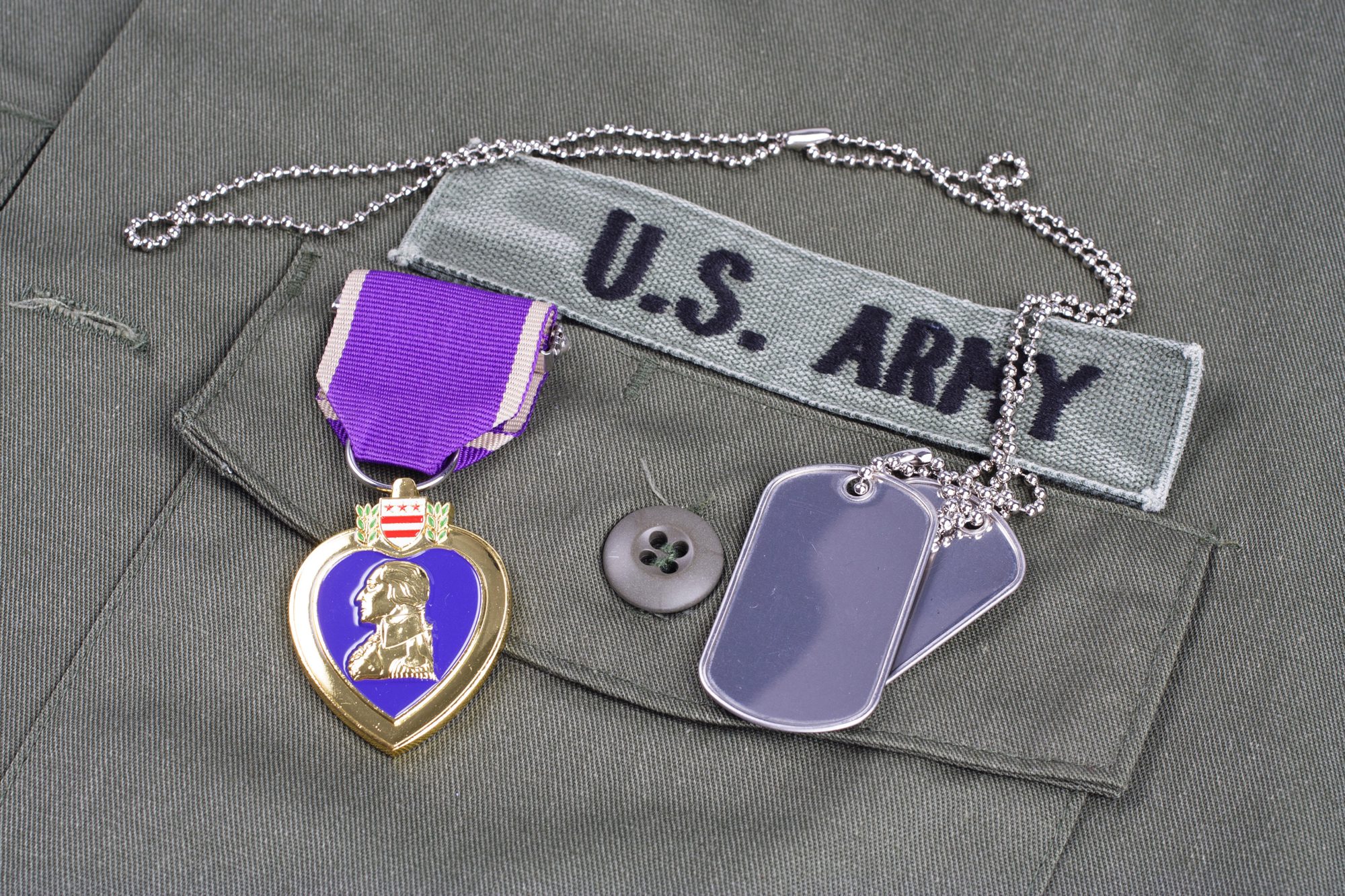Articles containing: PTSD
Why Are We Denying Purple Hearts To Veterans With PTSD?

I have seen Arthur Segaloff* for psychiatric care for over 20 years. He suffers from severe post-traumatic stress disorder (PTSD) following his two tours of duty in Vietnam.
Arthur attended the University of Massachusetts, and graduated in 1969.
Post-Traumatic Stress Disorder: A Primer

Post-traumatic stress disorder.
Even the term is a mouthful.
We often shorten the diagnosis to its initials—PTSD—but even that linguistic short-cut doesn’t take away from the fact that this is a deceptively complicated syndrome.
What Is Post-Traumatic Stress Disorder (PTSD)?

Sometimes really horrible things happen. Automobiles crash. Assaults, robberies, fires, natural disasters, terrorism—these are all products of our world that we hope to never have to face. Still, no one is immune; adults, children and adolescents endure horrors every day.
A Discussion Triggered By Trigger Warnings

There’s this scene in David Cronenberg’s movie The Fly that is pretty hard to watch. Actually, there are a lot of scenes in that movie that are hard to watch. That’s kind of the point of the movie, which is also the point of this blog, but first—let’s describe the scene in question.
Doing What We Ought To Be Doing Already: An Approach To World Suicide Prevention Day

September 10th is World Suicide Prevention Day.
That seems straightforward enough.
Suicide is awful, more common than you’d think, and in many cases, highly preventable.
Perhaps most important, in virtually every culture and every ethnic group on the planet, suicide is highly stigmatized.
Military Sexual Trauma (MST): My Experience of the Challenges Facing Female Soldiers and Veterans

This blog post is part of a series entitled Real Lives, Real Stories: Personal Experiences With Mental Illness.
Beyond Sexual Assault

This blog post is part of a series entitled Real Lives, Real Stories: Personal Experiences With Mental Illness.




